With the rise of the internet, the way people consume information has revolutionized. Before people had instant access to information via search engines and online content, most people relied on books and consultations with experts to answer questions. Nowadays, it’s unthinkable to have questions that you can’t answer immediately. With the click of a button, you can get all your questions answered – often by a qualified expert.
With the demand for quality content on the rise, many businesses are taking it as an opportunity to market their expertise. SEO delivers one of the highest ROIs of any online marketing channel and content is often at the center of more organic traffic. Regardless, many small to medium sized business owners feel left in the dark, not knowing how to create a content strategy for their businesses.
What is a Content Marketing Strategy?
Content marketing is a way to establish yourself as an expert in your industry and gain new customers online. As the name implies, content marketing is done by creating and distributing content. This content must be aimed at answering important questions that consumers have regarding your product or service.
In the same way experts give advice and tips during trade shows, or conduct interviews with journalists to contribute to newspaper and magazine articles, online content is a way of promoting your business by providing potential customers with valuable information.
Online content can take many forms, but most businesses start by publishing blog posts. Other forms of online marketing include videos, podcasts, infographics, webinars and more.
A content strategy is the thoughtful planning, creation, publishing and promotion of your content online. For a blog, this could include planning post topics ahead of time and implementing methods to optimize posts for search. Your content marketing strategy could also include methods of promoting your content on various platforms, such as social media.
Why Is a Content Strategy Important?
Businesses value content marketing because it often delivers outstanding results. Good content can increase sales and lower marketing costs. It can also help businesses acquire more loyal customers. This is because businesses who publish regular content establish a voice for themselves and develop their brand image positively.
Another benefit is that content marketing is focused on attracting target customers to you. Many traditional forms of advertising (such as television ads and cold calling) are disruptive and annoying. By publishing helpful content, potential customers will feel like your business is focused on assisting them, rather than just making sales. This will cause customers to view your product as being more valuable.
According to Content Marketing Institute, content marketing is cheaper than paid search and delivers a better ROI. Content marketing is also better than outbound marketing, as it delivers three times more leads at 62% the cost.
How to Create a Content Strategy
Developing a content strategy might seem intimidating, but it doesn’t have to be. When setting out your content strategy, there are some key questions you need to answer:
- Who is your target audience?
- Where are they located?
- What are your content marketing goals?
- How often will you publish new content?
Your target audience will typically be potential customers. If you already know who your potential customers are, you can craft your content around what they will find helpful.
Knowing where your target audience is located is important in terms of optimizing your content for local SEO. While you don’t have to focus every blog post you publish around your location, it’s good to occasionally publish one that’s optimized for local search.
As far as content marketing goals are concerned, it’s good to have some clarity. Do you want your content to help you get new subscribers for your newsletter? Are you interested in getting more organic traffic from search engines through content marketing? Setting clear goals regarding how much traffic you want to attract to your website will give you something clear to work towards.
Just remember to be realistic. You’re unlikely to get 100 new website visitors straight off the bat. That said, you should go in with expectations for your content to perform. There’s no sense in committing to a content strategy if you aren’t working towards a measurable result.
Keeping Your Content up to Date
A lot of small businesses underestimate the work that goes into planning and implementing a content strategy. Content marketing takes effort. It’s easy to start on a content marketing strategy, only for your efforts to fizzle out as time goes by.
The result? Countless businesses have “ghost blogs” which haven’t been updated for more than a year.
When planning a content strategy for small business, you must make your content strategy doable if you want to prevent your blog from dying out. Be sure you put the following in place:
- Assign the responsibility of your content strategy to an employee
- Plan your content calendar at least three months in advance
- Set up weekly or biweekly meetings to discuss your content strategy progress
A lot of small business owners take the responsibility of content marketing on themselves. While there’s nothing wrong with business owners writing their own content, this DIY approach often fails. To prevent content efforts from fizzling out, business owners must be accountable to someone for content. Because of this, it’s good to put an employee in charge of managing your content, even if you plan to write your own blog posts.
Planning Content Promotion
Too many small businesses publish content online only to feel disappointed with the results. New content often drives little traffic. Sometimes content doesn’t drive any traffic at all.
As a rule, a new business blog won’t drive a lot of traffic. A lot of online marketers have noted a trend where Google favors blogs with more blog posts. There’s no magic number for how many posts a blog needs to get listed in Google (some say it’s around 50) but 10 or less definitely won’t do the trick.
Unfortunately, too many small business owners give up on content marketing before even reaching 10 posts. Yes, it takes some perseverance to see results from content marketing, but that doesn’t mean your posts can’t drive traffic for you in the meantime.
By setting together a strategy to promote your content, you can drive traffic from sources other than Google. Promote new content on social media channels and your email newsletter. Share your blog posts on forums (or on Facebook and LinkedIn groups) if they serve as an answer to someone’s question. Get creative about how you’ll draw traffic to your website with your blog posts and keep consistently posting to gain a devoted following!
Measuring Your Content Marketing ROI
A lot of small businesses might give up on content because they feel like it’s not delivering good ROI. In some cases, this is true. Simply publishing content isn’t enough. Content must be strategically planned to reach goals.
The best place to start is by setting a goal for how much website traffic you want to get from your content. Set a realistic goal to begin with, something like 10 website visitors for every new post within the first month.
There are great tools that you can use to help measure website traffic. The most popular tool to measure website traffic is Google analytics. WordPress also offers its users some basic data on web traffic, which you can gain easy access to by installing the Jetpack plugin on your site.
While there are a lot of tools to help businesses gain more complex insights into web traffic, small businesses can focus on the basics when starting and build on the complexity of their analytics as they go along.
A basic tool like the built-in tracking metrics on WordPress should be good enough for most small business owners to begin with. Once a small business reaches the first small goal, they can set another, more complex one.
Outsourcing Small Business Content Marketing
Creating a content marketing strategy for small business is well within reach. Although it will take time to learn how to create content that ranks in search engines, gain an online following and measure results, it’s something that small business owners can learn over time.
A lot of small businesses aren’t interested in learning how to create a content strategy. Small business owners and employees often have a lot of their plates even without marketing. Busy schedules often leave no time to plan and implement a content strategy.
Outsourcing content is a great option for many small businesses. When outsourcing content, it’s always best to work with a professional online marketing company or experienced individual.
While there are cheap alternatives, such as hiring on an online marketplace, the quality of the content is usually remarkably poor and won’t generate results. It’s almost better to have no content than what you can get from an online marketplace. In the same way good content can help you stand out as an expert in your industry, poor content will make your business look bad.
Investing in quality content is a worthwhile. As an added benefit, professional online marketers have experience using more complex tracking metrics and marketing tactics.
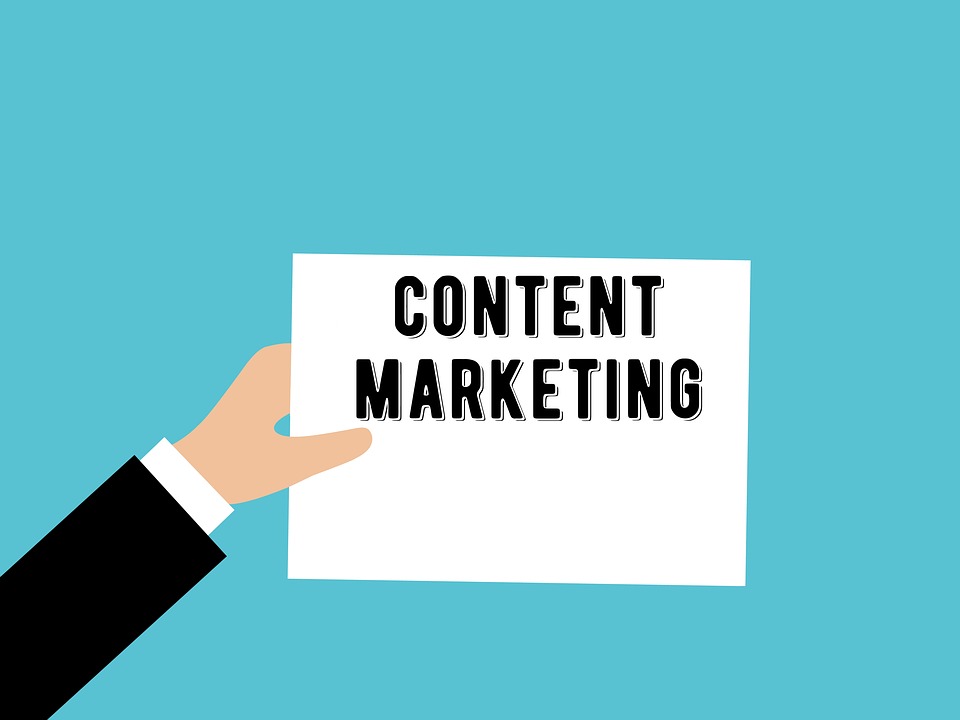
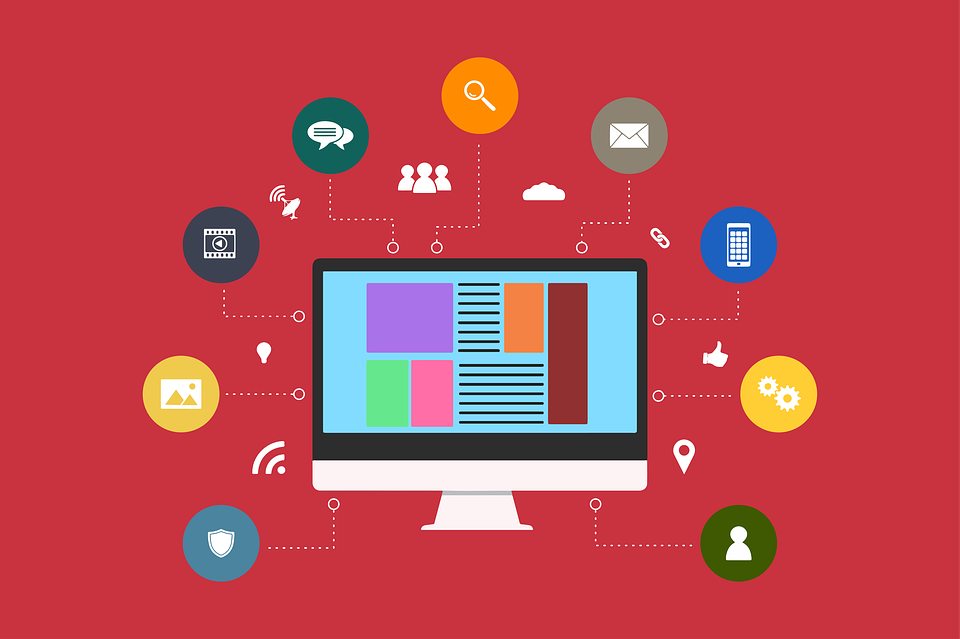

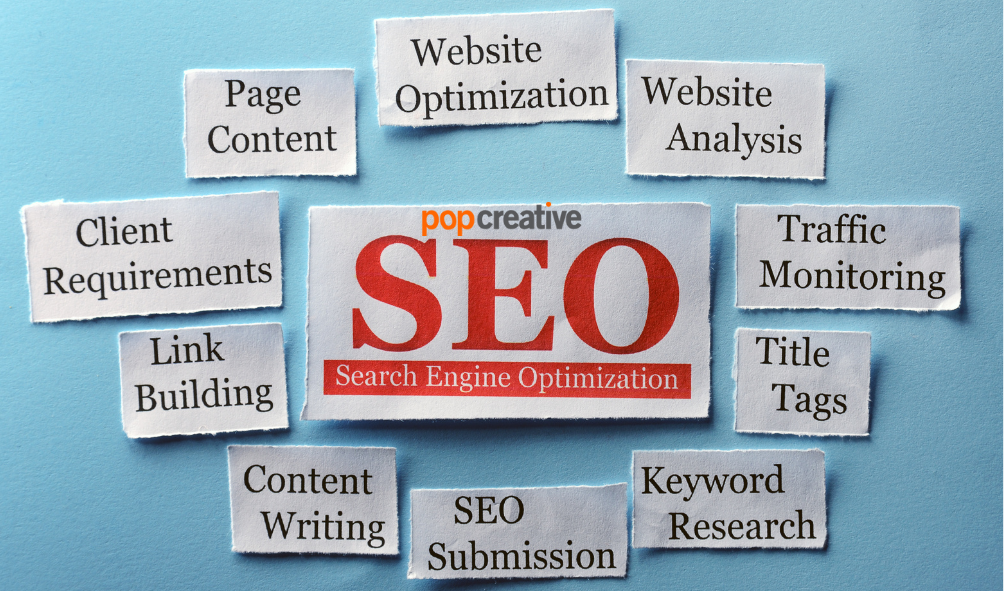
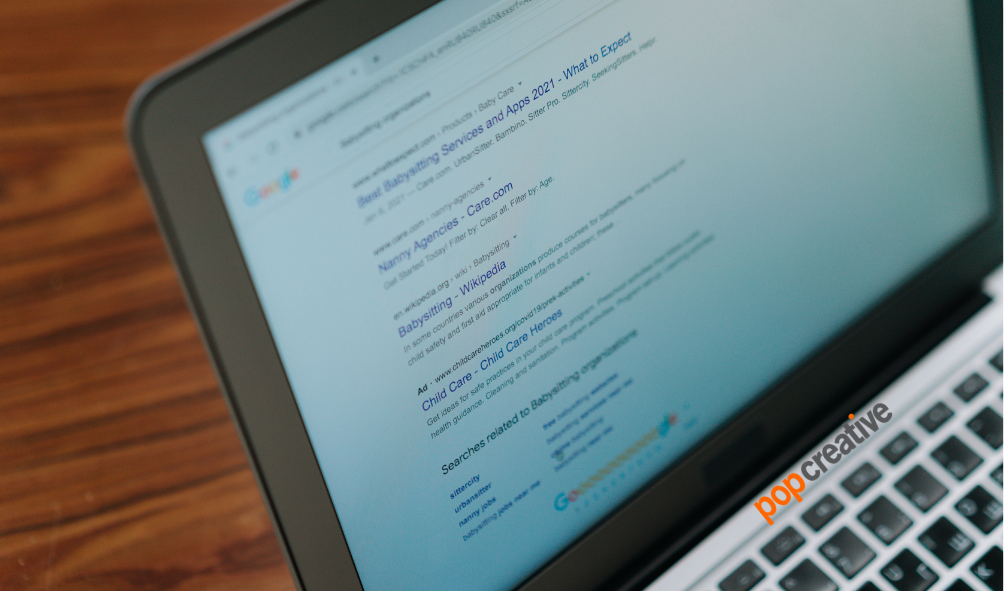
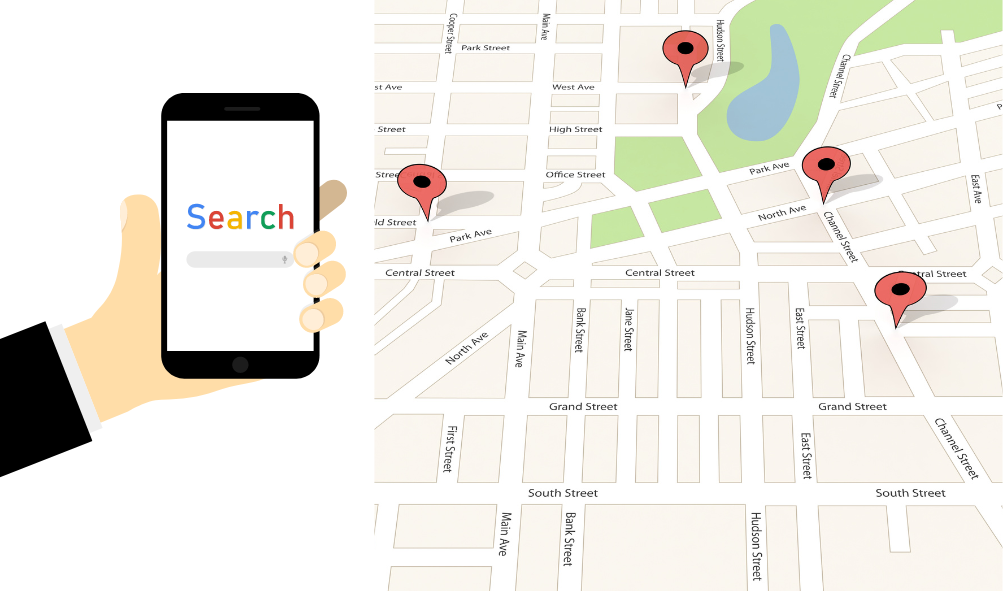
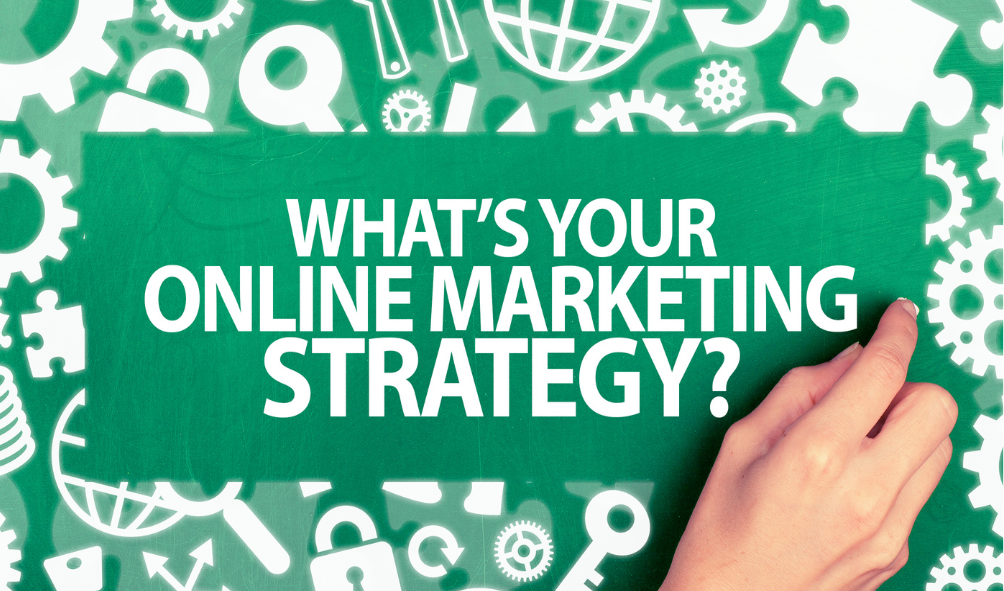
Recent Comments